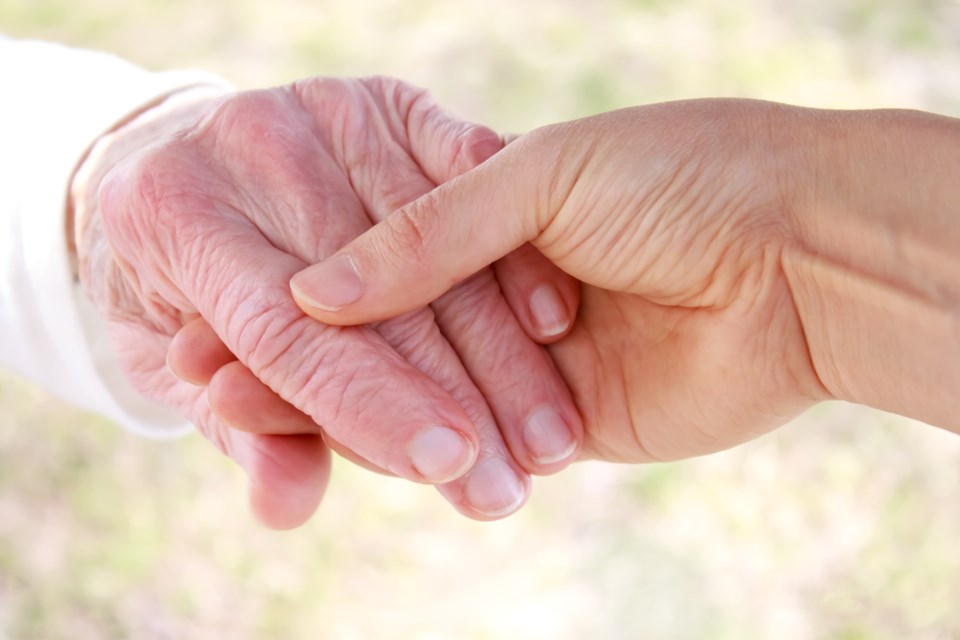B.C.’s Seniors Advocate is calling for some changes following the first study into senior-on-senior aggression in care homes, including incidents on the North Shore.
There were 422 incidents of hostility reported among seniors in care between April 1, 2014, and March 31, 2015, according to a recent report from the B.C. Office of the Seniors Advocate.
The Kiwanis Care Centre in North Vancouver had the highest number of incidents in the province: 20.
But those numbers are misleading, according to the centre’s manager.
In the 290 care homes surveyed, the definition of an aggressive act varied from something that caused severe harm to an assault that necessitated a first-aid kit, to – in the case of Kiwanis – a push that resulted in no harm. “We’re very good at reporting,” said Anne Moonan-Woods, the manager at Kiwanis.
There was no physical harm in 19 of the 20 incidents at Kiwanis, according to Moonan-Woods.
The emphasis for Kiwanis care workers is to keep agitated residents calm and on site, she said.
“Before we had a lot of education, a lot of residents maybe would have been transferred to the emergency department … ,” Moonan-Woods said. Now, staff tend to deal more with those situations on site, she said.
If a care worker can’t pacify an aggressive senior, a nurse will likely administer prescribed antipsychotic drugs, according to Moonan-Woods.
Facilities that recorded hostile incidents tended to have more patients with cognitive problems and higher rates of antipsychotic drug use. A study by the Canadian Foundation for Health Improvement found decreasing the use of antipsychotics led to fewer aggressive incidents.
Approximately 39 per cent of aggressive incidents took place between 4 and 8 p.m., a fact Moonan-Woods attributes to changes in behaviour often triggered at that time for residents suffering with dementia.
Common triggers include loneliness and chronic pain, as well as competition for a certain chair or disagreement over what TV show to watch, according to the report.
Residents tend to be calmer if they have spacious common areas, privacy, and lighting that minimizes shadows and glare.
The most prevalent aggressive acts among seniors were hitting, grabbing and pushing, but there were also some reports of biting, sexual groping and wheelchair ramming.
While the report offers suggestions for improvements, there is no “major fix,” according to the report’s author, B.C. Seniors Advocate Isobel Mackenzie.
Even a small increase in the amount of direct care residents receive seems to have a soothing effect, according to the report.
Facilities that reported no incidents tended to have slightly more contact between residents and care workers compared to facilities that recorded at least one aggressive act.
The Ministry of Health has set 3.36 hours of direct per patient care as the provincial standard. In January 2016, the Kiwanis Care Centre was funded for 3.29 hours per patient per day.
“It’s a shade below what the minimum standards are,” said Neil Monckton, Hospital Employees’ Union spokesman.
But Monckton added 80 per cent of care homes in the province did not meet that standard. In the big picture, more staffing is needed, he said.
“We did do a survey of care aids in late 2014, and 70 per cent said to us that they don’t have time to comfort or reassure someone who’s confused or agitated or afraid,” he said.
“From what we’re being told by our members, the solution is pretty clear. The seniors advocate wants higher staffing levels. We agree higher staffing levels is the way to go.”
There are approximately 27,000 residents in B.C. care homes. Facilities that were exclusively private-pay were excluded from the study.



